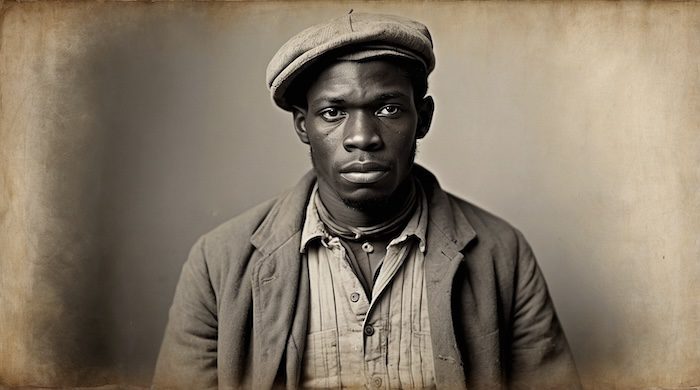
Freedmen’s Bureau Circulars (1865–1872)
The Freedmen’s Bureau issued 69 Circulars between 1865 and 1872. These circulars acted as official instructions from Washington, D.C., guiding Bureau staff across the South. They covered topics ranging from labor contracts, land redistribution, and education to internal administration, reporting requirements, and coordination with the military.
Although many circulars dealt with internal matters, roughly 35–40 circulars directly shaped the lives of African Americans, particularly the formerly enslaved. These addressed pressing issues such as land ownership, fair labor, education, healthcare, legal protections, and humanitarian relief.

Why Circulars Mattered
- ➡️ For the formerly enslaved: Circulars determined how freedom would be translated into practice, whether through land ownership, wage labor, schools, or legal recognition of marriage and family.
- ➡️ For free people of color: Long-standing Black communities looked to the Bureau for protection from violence and support in securing education and civil rights.
- ➡️ For those still enslaved in 1865: In areas where emancipation had not yet been enforced, circulars often served as the first official orders compelling planters and local officials to recognize freedom.
Explore Superintendent of Education Records by State
“Hover over a county or parish to see its name, Microfilm Publication, and a description of the records available. Each county/parish contains one or more markers showing the locations of Freedmen’s Bureau field offices. Click a marker to open that office’s records page, where you’ll find links, context, and research tips. You can also use the Select: dropdown menu above the map to jump directly to a county or parish.”
- Freedmen’s Bureau Field Offices (placed by county)
Key Circulars That Shaped Black Lives
Here are some of the most significant circulars and their impact:
| Freedmen’s Bureau Circulars | ||||||
| Circular | Year | Focus | Impact on African American | |||
| 2 | 1865 | Appointment of Assistant Commissioners | Established the Bureau’s presence across the South, making it the first point of federal contact for freedpeople seeking justice. | |||
| 5 | 1865 | Labor policy | Required freedpeople to enter annual labor contracts. Intended to prevent idleness but often reinforced plantation control, limiting true economic freedom. | |||
| 10 | 1865 | Land redistribution (Sherman’s Field Order 15) | Authorized the allocation of confiscated/confederate land to freedpeople (“40 acres”). Later reversed, creating deep disillusionment when land was returned to ex-Confederates. | |||
| 13 | 1865 | Establishment of schools | Directed Bureau agents to work with missionary societies to found schools. This was one of the most successful initiatives, sparking widespread literacy. | |||
| 15 | 1865 | Marriage recognition | Legalized marriages among formerly enslaved people, giving families civil recognition and inheritance rights for the first time. | |||
| 19 | 1865 | Medical aid | Created Bureau hospitals and clinics for freedpeople. Helped thousands but underfunded and short-lived. | |||
| 21 | 1865 | Legal protections | Gave Bureau agents authority to oversee courts and protect freedpeople’s rights. Often clashed with hostile state governments. | |||
| 30 | 1867 | Voting rights | Reinforced freedmen’s political rights during Reconstruction, influencing Black voter registration drives. | |||
